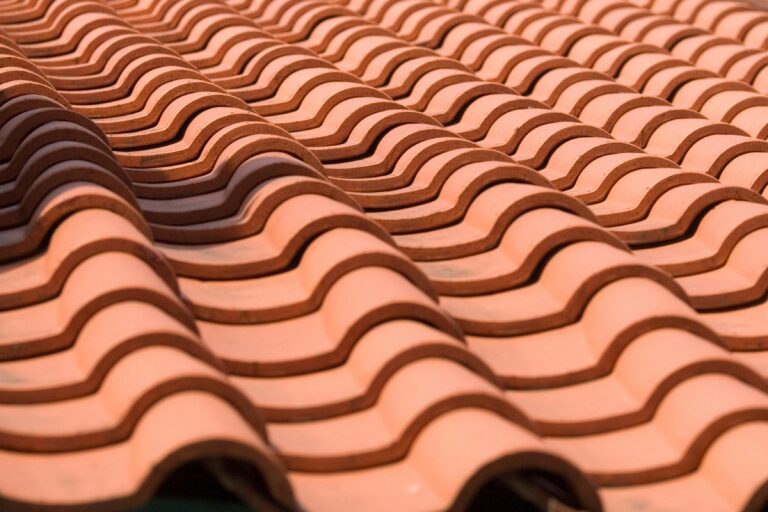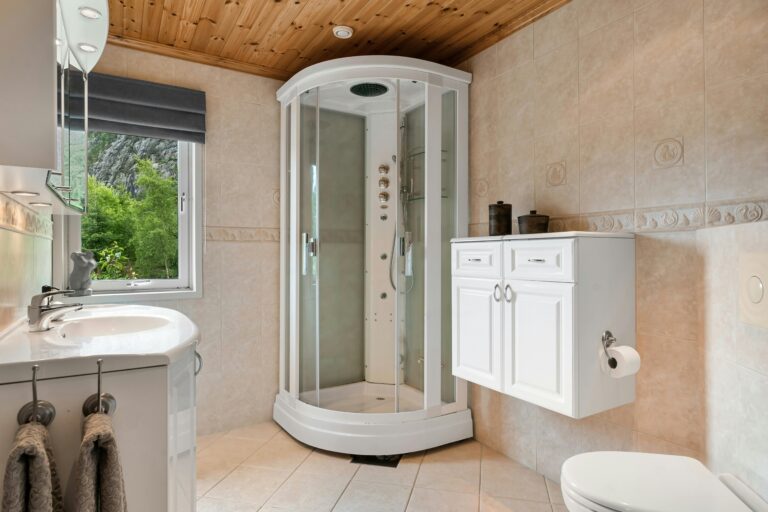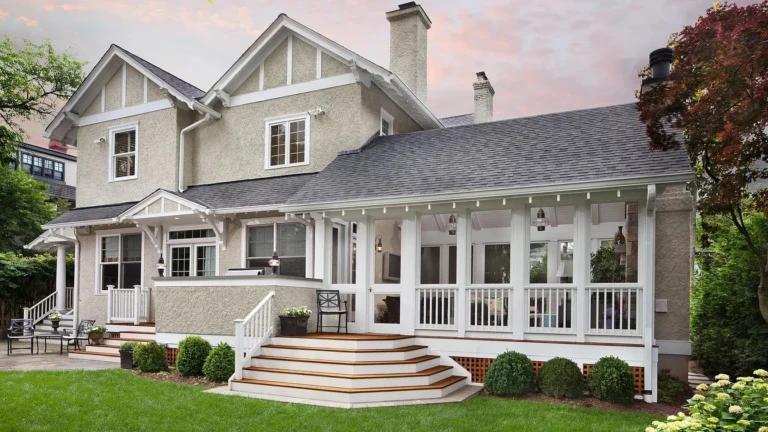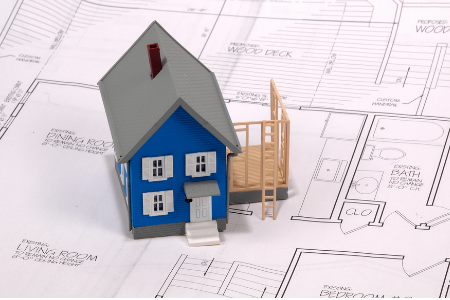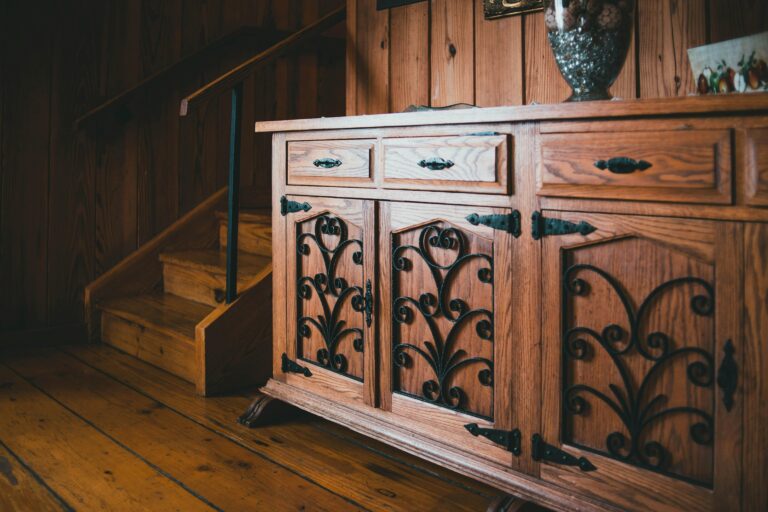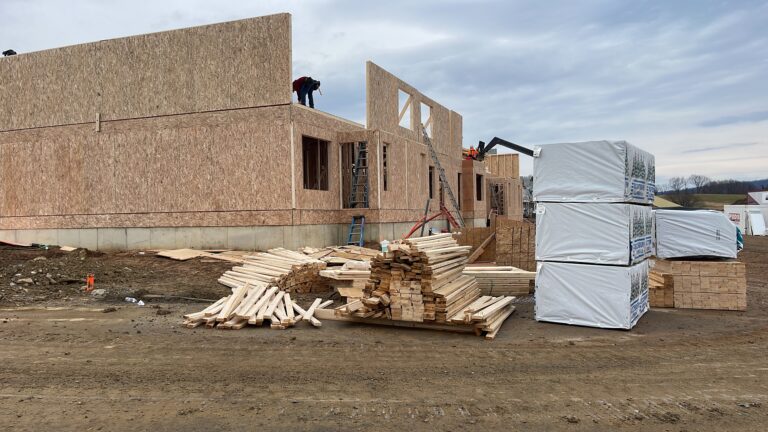Smart Space Solutions: Designing Multi-Functional Home Additions for Modern Living
Essential Home Improvement Projects to Elevate Your Living Space
Home improvement is more than just a trend—it’s a practical way to enhance your home’s functionality, safety, and value. Whether you’re a seasoned DIY enthusiast or a homeowner planning to tackle renovations, understanding core projects like framing, drywall installation, painting, and roofing can save you time, money, and stress. These foundational skills not only improve your living environment but also prepare your property for long-term resilience. In this article, we’ll explore key projects that address common challenges, from basement finishing to exterior upgrades, offering actionable advice to help you achieve professional-quality results.
Framing: The Backbone of Structural Integrity
Framing is the skeleton of your home, supporting walls, floors, and roofs. A poorly executed frame can lead to uneven walls, sagging ceilings, or even structural failure. Start by planning your layout with precision:
- Use quality lumber: Opt for straight, kiln-dried wood to minimize warping.
- Follow local codes: Ensure stud spacing (typically 16″ or 24″ on-center) meets safety standards.
- Check for plumb and level: Use a laser level to guarantee walls are perfectly vertical and aligned.
For basement finishing, metal studs are a moisture-resistant alternative to wood. Always leave access panels near plumbing or electrical systems for future maintenance.
Drywall Installation: Achieving Smooth, Seamless Walls
Hanging drywall requires patience and technique. Begin by measuring and cutting panels to fit around outlets, windows, and doors. Secure sheets to studs using drywall screws, sinking them slightly without breaking the paper surface. Key steps include:
- Taping and mudding: Apply joint compound over seams with fiberglass tape, feathering edges to blend with the wall.
- Sanding between coats: Use 120-grit sandpaper to smooth imperfections before adding subsequent layers.
- Priming before paint: Seal the drywall with a PVA primer to ensure even paint absorption.
Pro tip: For ceilings, rent a drywall lift to avoid strain and ensure secure placement.
Painting Techniques for Professional-Quality Finishes
A flawless paint job starts with preparation. Clean walls, patch holes, and sand rough areas before applying primer. When cutting in edges:
- Use angled brushes: A 2-inch angled brush provides better control for corners and trim.
- Work in small sections: Paint a 3×3-foot area at a time to maintain a wet edge and prevent streaks.
- Opt for roller covers with the right nap: Use 3/8″ nap for smooth walls and 1/2″ for textured surfaces.
For exteriors, choose acrylic latex paint for its durability and flexibility in varying temperatures.
Roofing Maintenance: Protecting Your Home from the Top Down
Roofing issues like leaks or missing shingles can lead to costly interior damage. Inspect your roof biannually and after severe weather. Key maintenance tasks include:
- Replacing damaged shingles: Pry up the old shingle, remove nails, and slide a new one into place.
- Cleaning gutters: Clogged gutters cause water to pool, accelerating roof deterioration.
- Sealing flashing: Apply roofing cement around vents, chimneys, and skylights to prevent leaks.
For steep roofs, hire professionals—safety should always come first.
Basement Finishing: Transforming Unused Space into Livable Areas
Basements offer untapped potential but require careful planning to address moisture and insulation. Start by waterproofing walls with a sealant or exterior drainage system. Insulate using rigid foam boards or spray foam to prevent thermal bridging. Additional tips:
- Install a subfloor: Use dimpled plastic mats to elevate flooring and prevent moisture damage.
- Choose moisture-resistant materials: PVC trim and vinyl plank flooring withstand humidity.
- Include egress windows: These provide emergency exits and natural light, boosting safety and appeal.
Conclusion
Mastering essential home improvement skills empowers you to tackle projects confidently while adding value to your property. From ensuring structural stability with precise framing to achieving polished finishes with professional painting techniques, each step contributes to a safer, more comfortable home. Prioritize regular maintenance, like roof inspections and drywall repairs, to prevent small issues from becoming major expenses. If a project feels overwhelming, consult a licensed contractor for complex tasks like electrical work or load-bearing modifications. Start with one project, gather the right tools, and remember: patience and preparation are the keys to success. Your dream home is built one improvement at a time.


